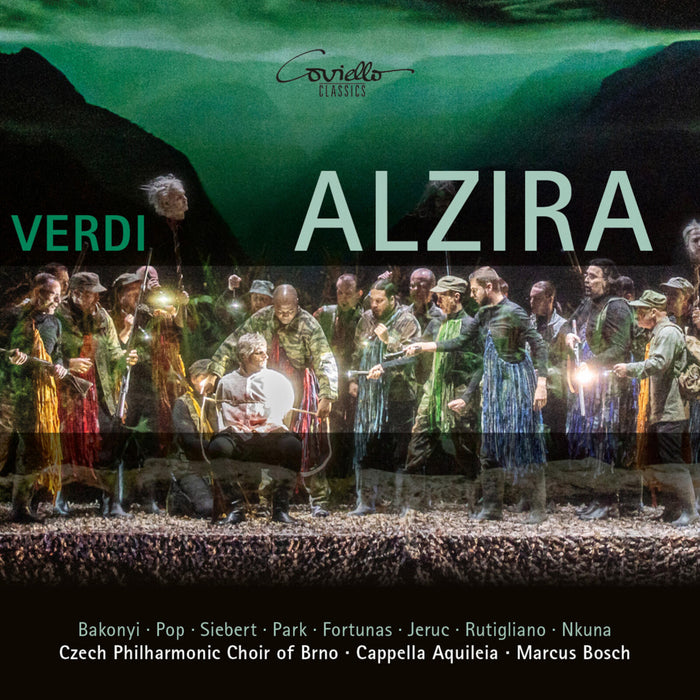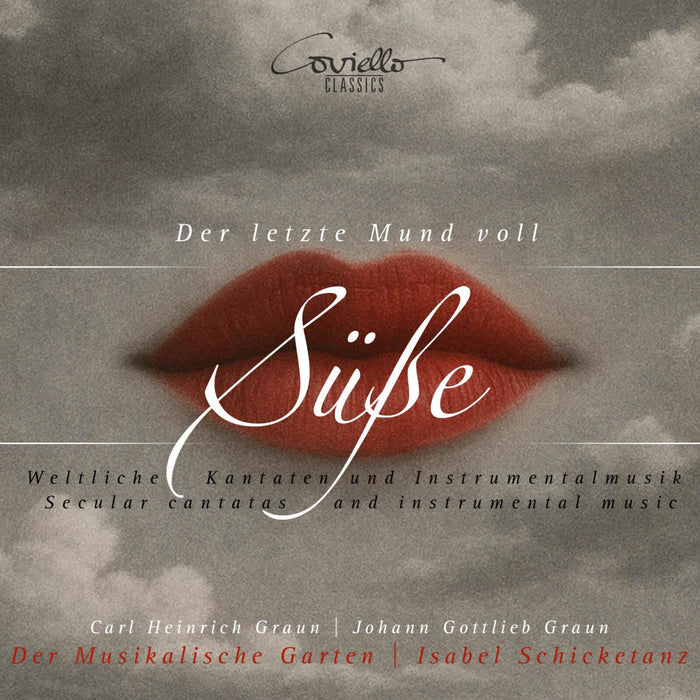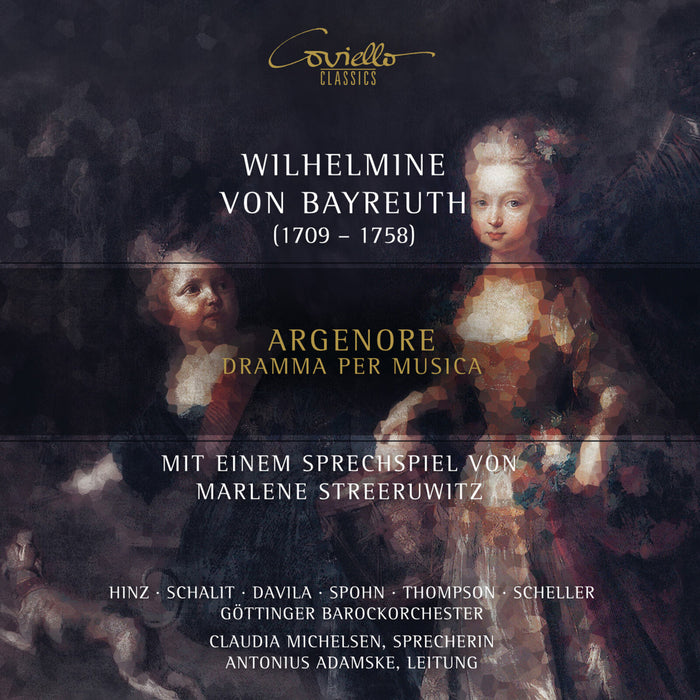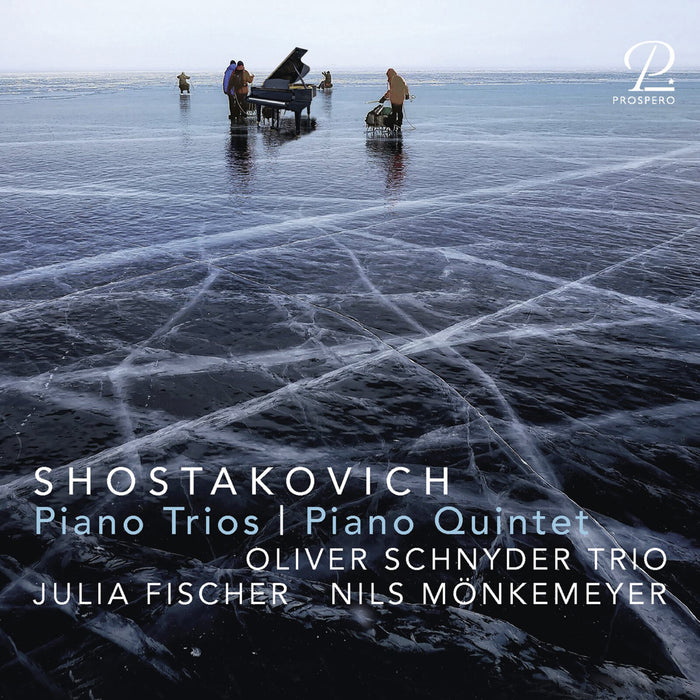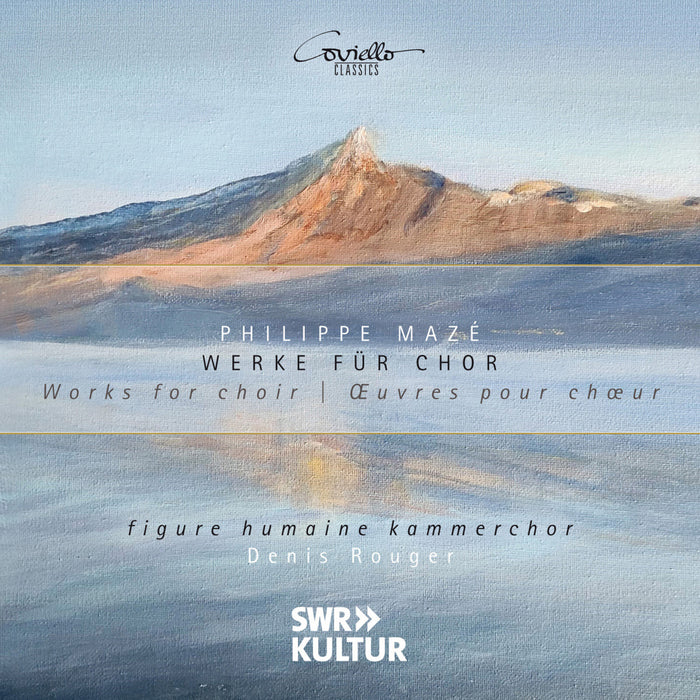Description
This new CD from The Ares Trio presents Dimitri Shostakovich's Piano Trio No 2 alongside Armenian composer Arno Babadjanian's Piano Trio in F-Sharp Minor.
The paring of these composers combines two requiems in the form of piano trios by two composers whose active periods fell during those of the Soviet Union and who were harassed by the cultural bureaucracy there. Shostakovich's Piano Trio No. 2 (Op. 67) the Trio in F-Sharp Minor by Babadjanian tell two different but at the same time similar stories: the strength of life that overcomes even "the insoluble problem of death" and that finds its right expression through the art of music. During their lives, the two composers had the chance to meet and confront each other. Listening to this CD it is not only possible to see a synthesis of the multi-ethnic panorama of the USSR: this music is also the story of a continuous search for truth that finds strength in life itself, overcoming even death.
During the years of the Second World War, the commitment of artists took on particular importance in the then USSR. Music was the voice of the suffering of the people and gave the various communities reason for resistance and hope. While Leningrad was besieged by the Nazi army and the people were dying of hunger and cold, Shostakovich's Symphony No. 7 in C major took shape and brought a message of peace and hope. From symphonies to chamber music, the composer took an active part in the drama experienced by his community and transformed pain into art.
Shostakovich's Piano Trio No. 2 (Op. 67) recounts the suffering of the loss of a loved one in its entirety: from heartbreak to anguish, from torment to resignation. This trio is a farewell song, but it also expresses the will to keep alive the memory of a musician, an intellectual and, above all, a friend. The trio was performed for the first time in the same year 1944 in Leningrad, and it was the sincerity of Shostakovich's pen that made this trio very well-known and appreciated.
Babadjanian's Trio in F-Sharp Minor presents a fiery vitality that is expressed from the first to the last note; the result of a meticulous search for a continuous contact with the audience, which for its part cannot remain indifferent to the emotional transport that the composer's music arouses with each performance.







